
Hometown History
Every hometown has a story worth preserving—and most have been forgotten. Hometown History uncovers the overlooked events, mysteries, and tragedies from small-town America that never made it into the textbooks. Meticulous research meets respectful storytelling in 20-minute episodes perfect for your morning coffee. From deadly disasters to hidden triumphs, each week explores a different community's untold chapter. No sensationalism. No filler. Just the surprising, forgotten stories that shaped the America we know today. For curious minds who believe history is happening everywhere—not just in the big cities.
Episodes
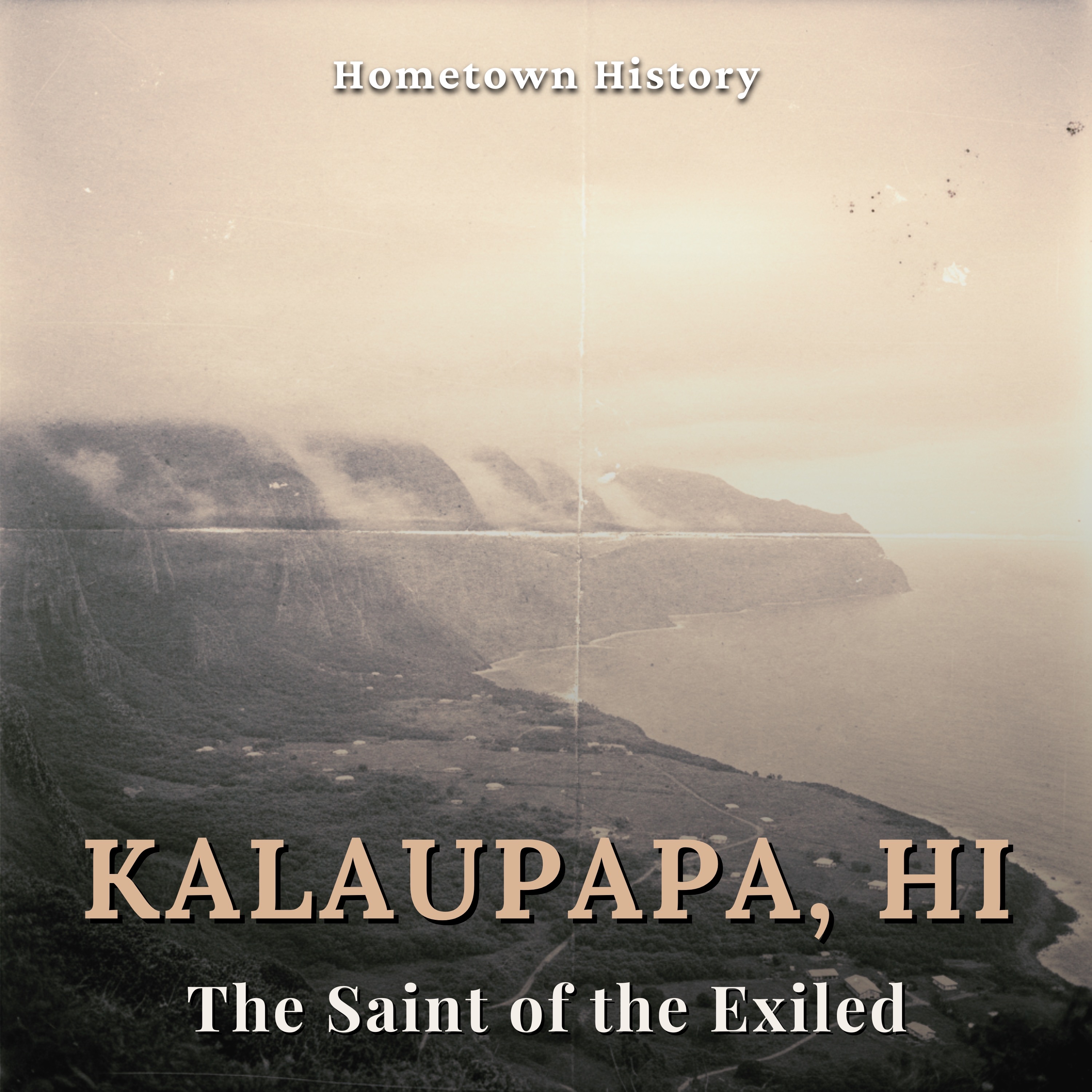
Kalaupapa, Hawai'i: The Saint of Exiles and Hansen's Disease Colony
Between 1866 and 1969, the Kingdom and later State of Hawai'i sent over eight thousand people diagnosed with Hansen's disease—then known as leprosy—to permanent exile on the Kalaupapa peninsula on the island of Moloka'i. This breathtaking b…
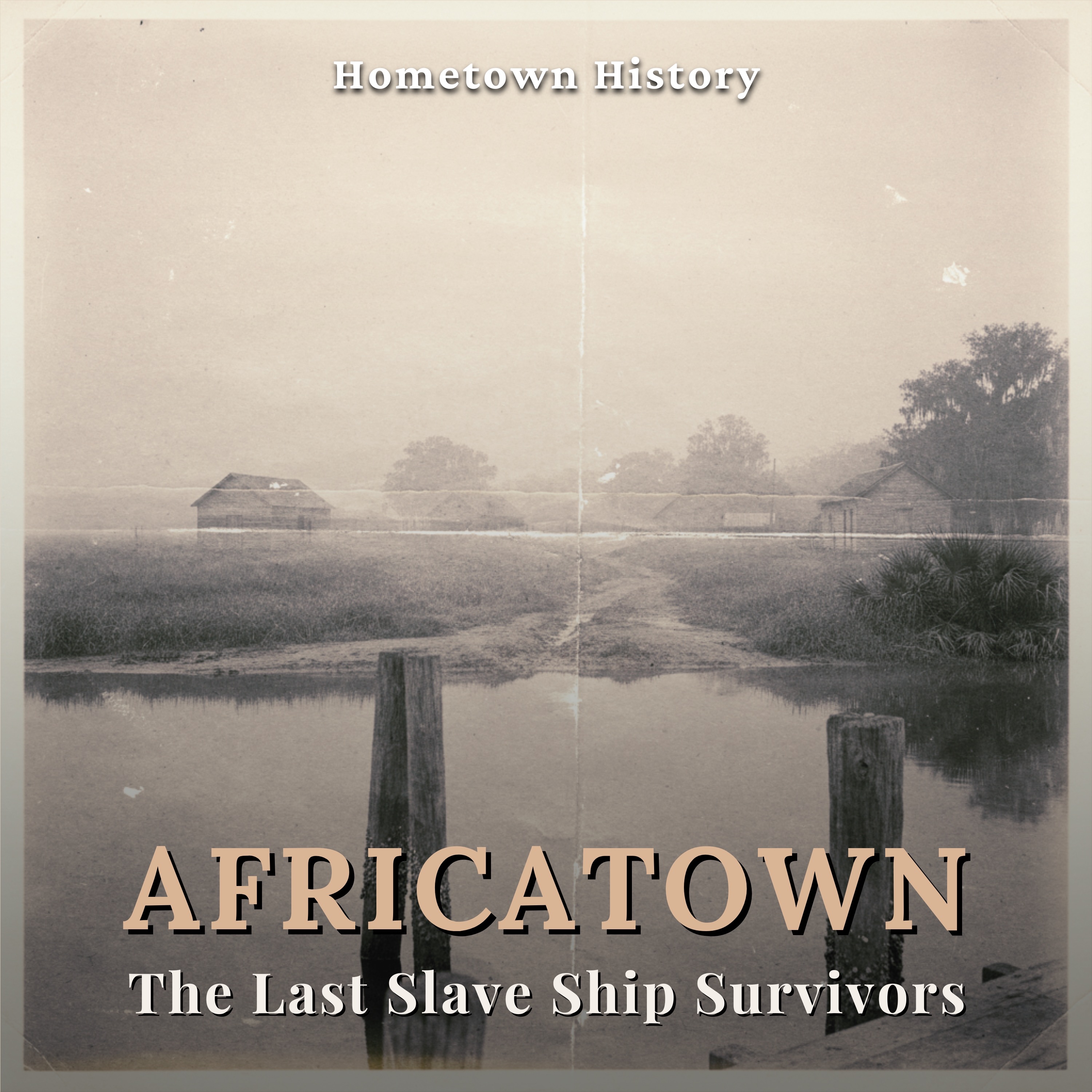
Africatown, Alabama: The Last Slave Ship and the Town Built by Survivors
In July 1860, under cover of darkness, 110 West Africans were smuggled into Mobile Bay aboard the Clotilda—the last known slave ship to reach American shores. Arriving fifty years after Congress banned the transatlantic slave trade and made…
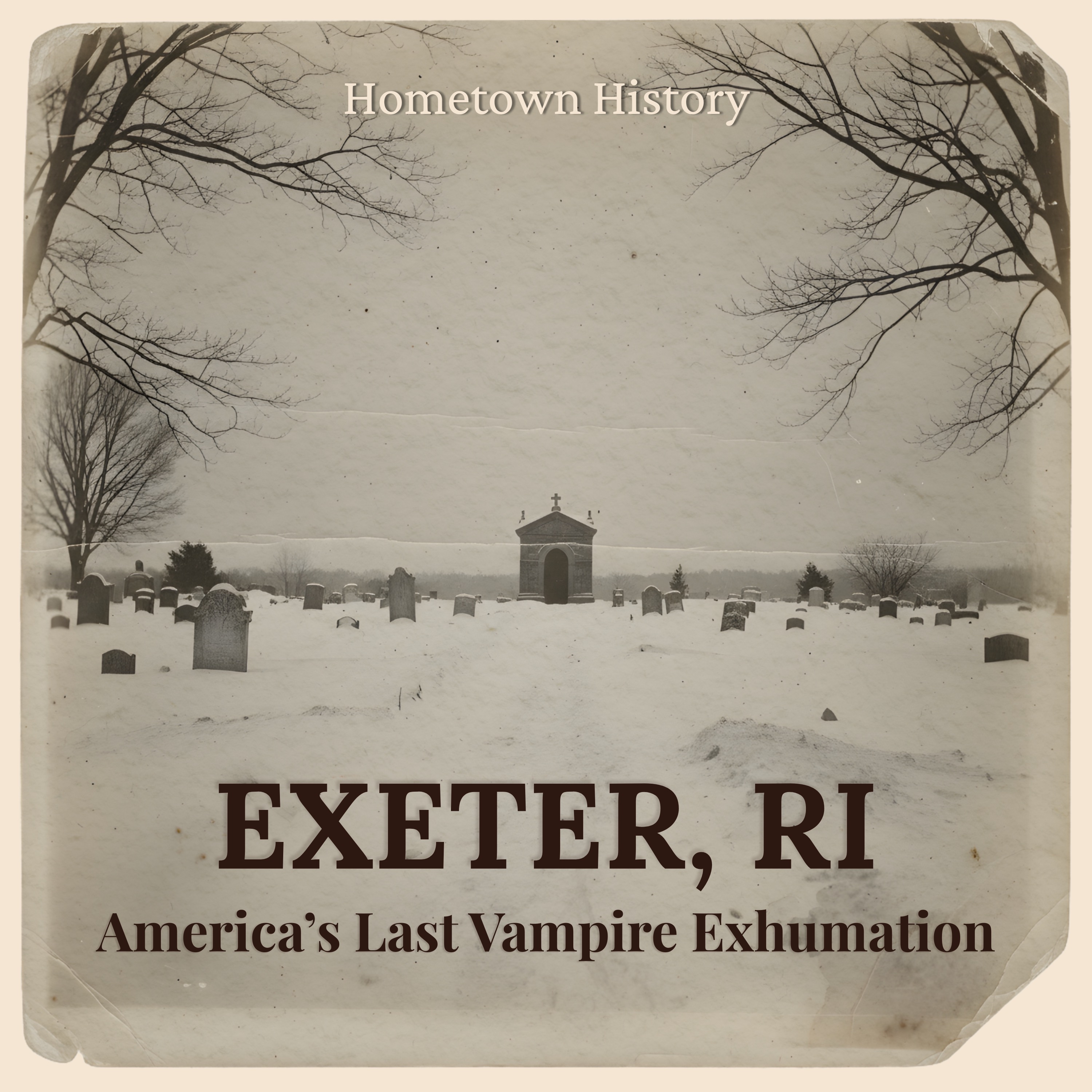
Exeter, Rhode Island: America's Last Vampire Exhumation
On a cold March morning in 1892, five men gathered at Chestnut Hill Baptist Church cemetery in Exeter, Rhode Island, to open a family crypt. Inside lay the body of Mercy Lena Brown, who had died just two months earlier from consumption—tube…
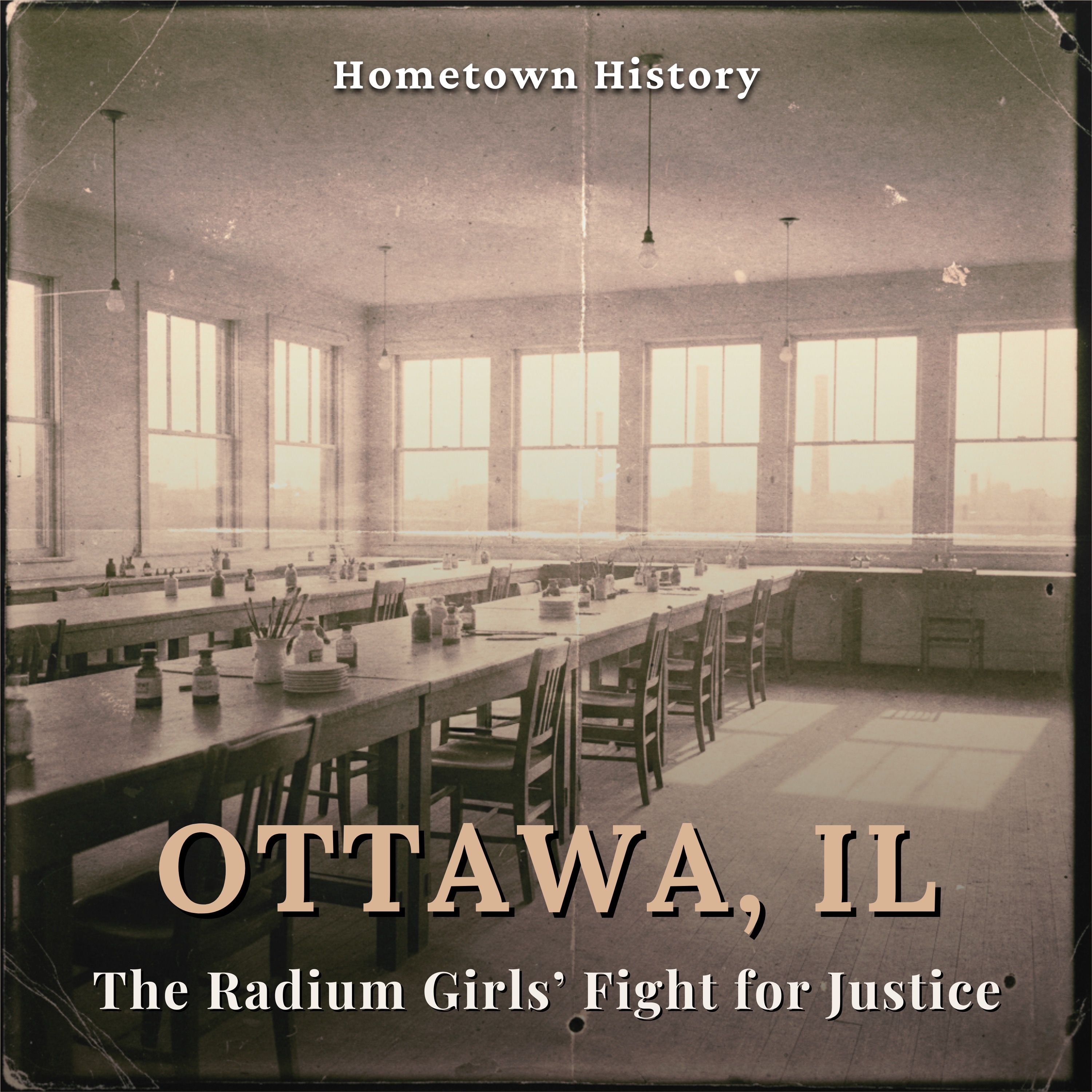
Ottawa, Illinois: The Radium Girls' Fight for Justice
In 1922, a dream factory opened in Ottawa, Illinois, offering young women exceptional wages to paint luminous watch dials with a miracle element called radium. The Radium Dial Company promised these "ghost girls" that the glowing paint coat…
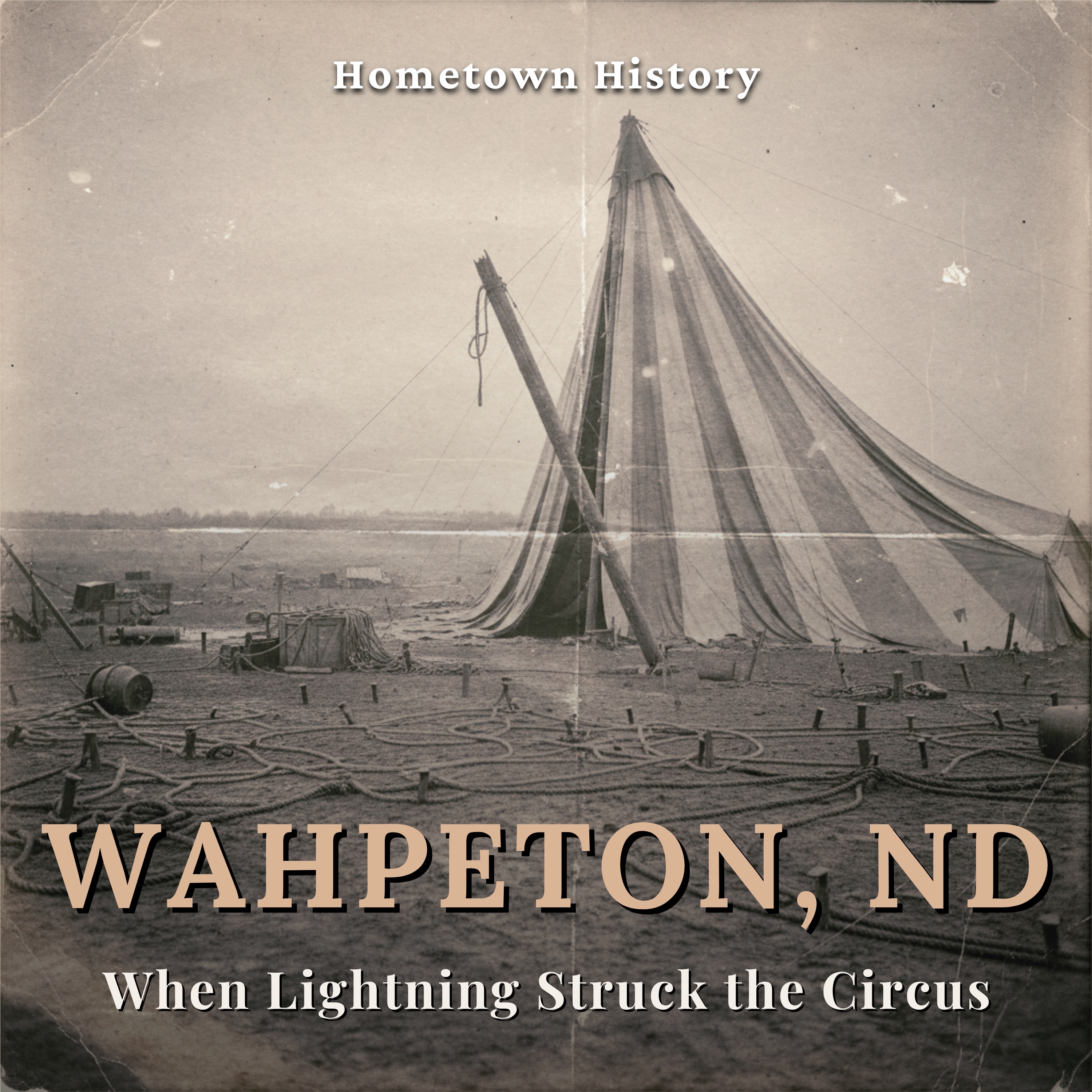
Wahpeton, North Dakota: When Lightning Struck the Circus in 1897
On June 10, 1897, the Ringling Brothers circus arrived in Wahpeton, North Dakota, transforming the small frontier town's ordinary morning into an extraordinary day of anticipation and wonder. As townspeople gathered to watch exotic animals …
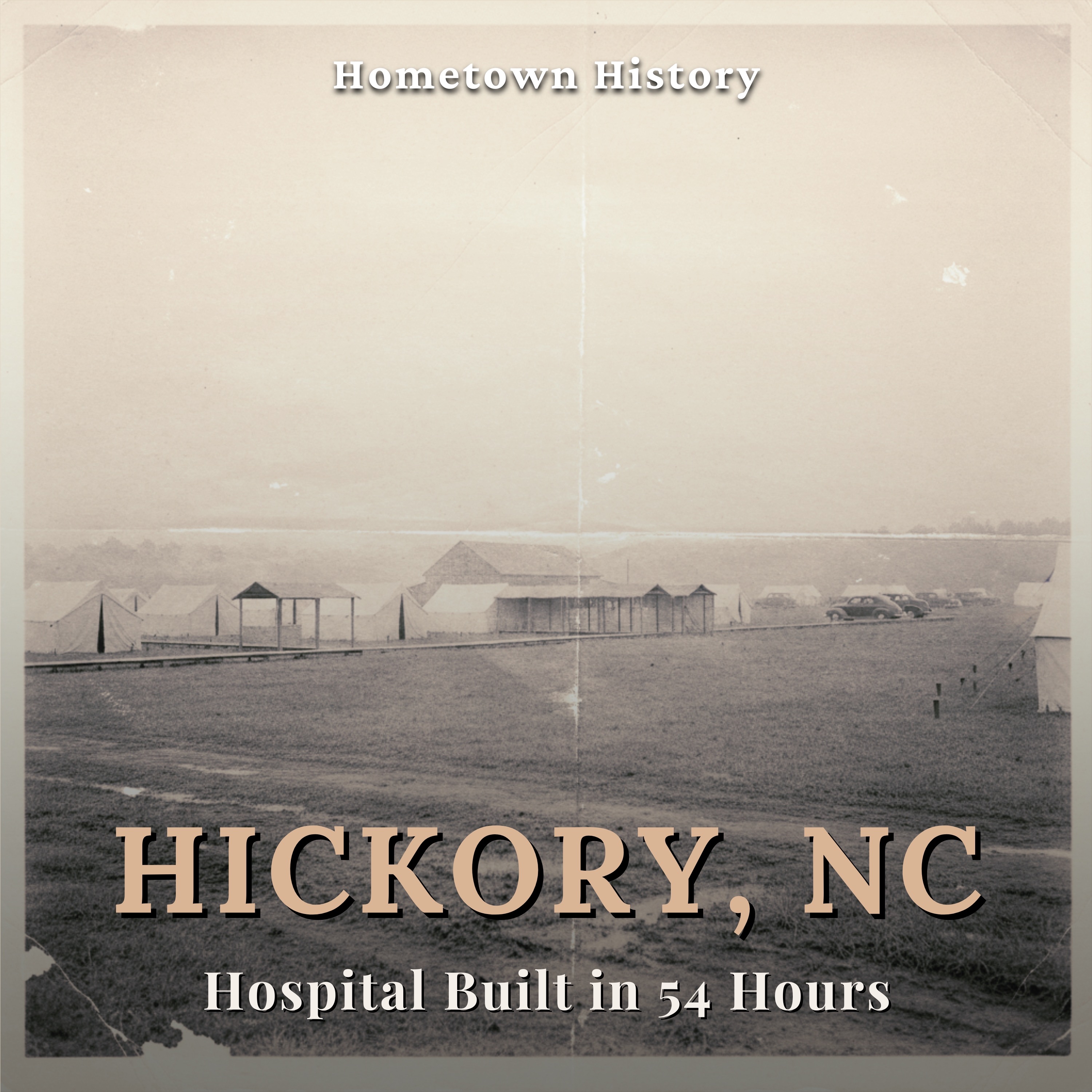
Hickory, North Carolina: The 54-Hour Polio Hospital Miracle of 1944
In the summer of 1944, as World War II raged overseas and medical resources stretched thin, a deadly polio outbreak swept through western North Carolina. When Charlotte's hospitals reached capacity and turned away desperate families, the sm…

How Wabash, Indiana Saved Its Main Street
In 1880, Wabash, Indiana became the first city in the world to light its streets with electricity—earning gasps of wonder and cries of "miracle!" But by the 1970s, like downtowns across America, Wabash's Main Street was dying. Storefronts b…

American Nursing: How a Profession Was Born from War and Reform
From battlefield tents to modern hospitals, nursing transformed from humble care work into one of the world's most trusted professions. This episode traces how pioneering figures like Mary Seacole, Clara Barton, and Lillian Wald built the f…
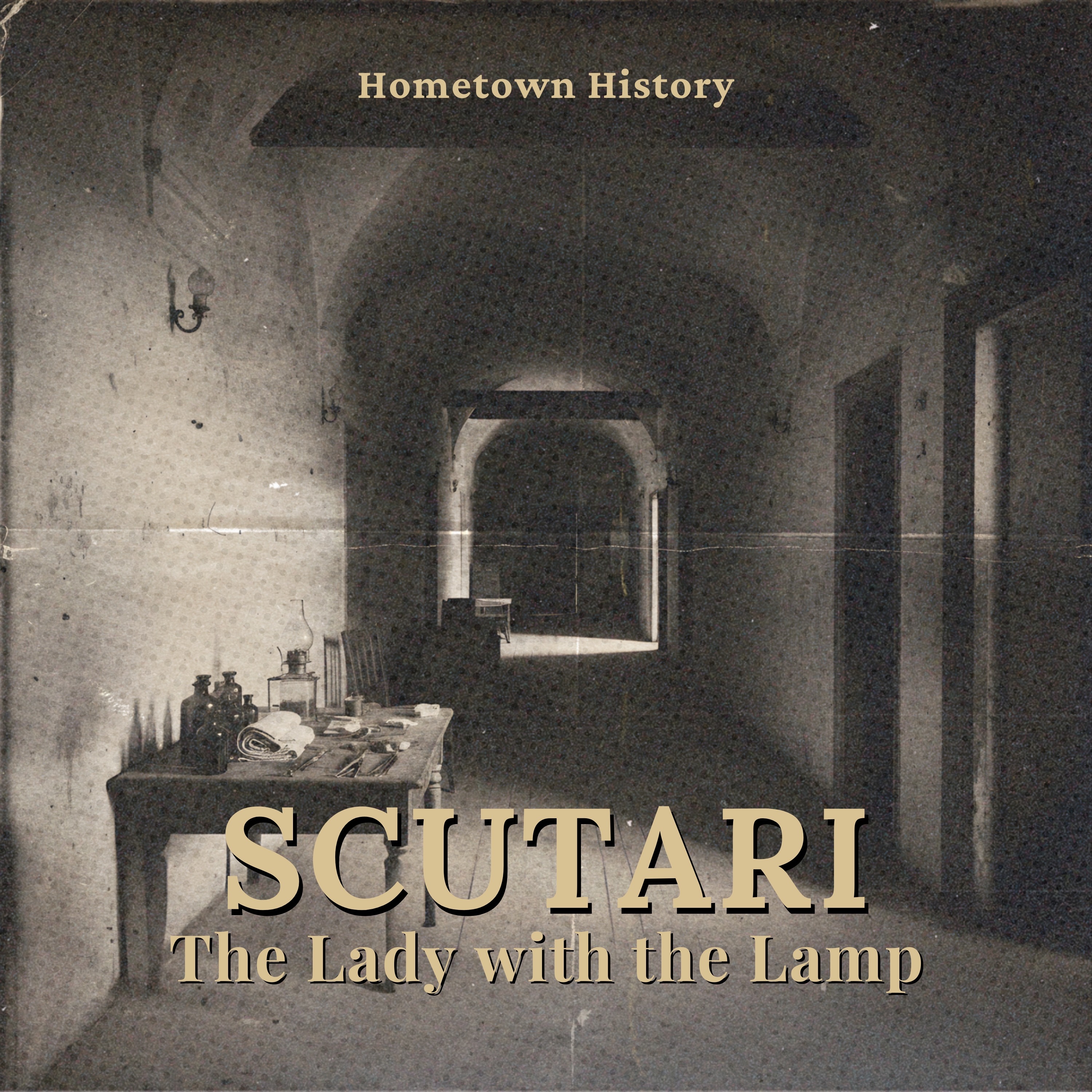
The Lady with the Lamp: Florence Nightingale's War on Death
It's 2:30 in the morning, November 1854. In a makeshift army hospital above the Bosphorus, rats scurry between cots as another stretcher swings through the door. Then footsteps. Light. A single oil lamp slices the darkness. Behind it, Flore…

London: The Dark Origins of Nursing
In 1910, Florence Nightingale died, leaving behind a transformed profession. But there was a time when nursing wasn't noble—it was shameful work that respectable women avoided entirely. Nurses were recruited from brothels, workhouses, and t…
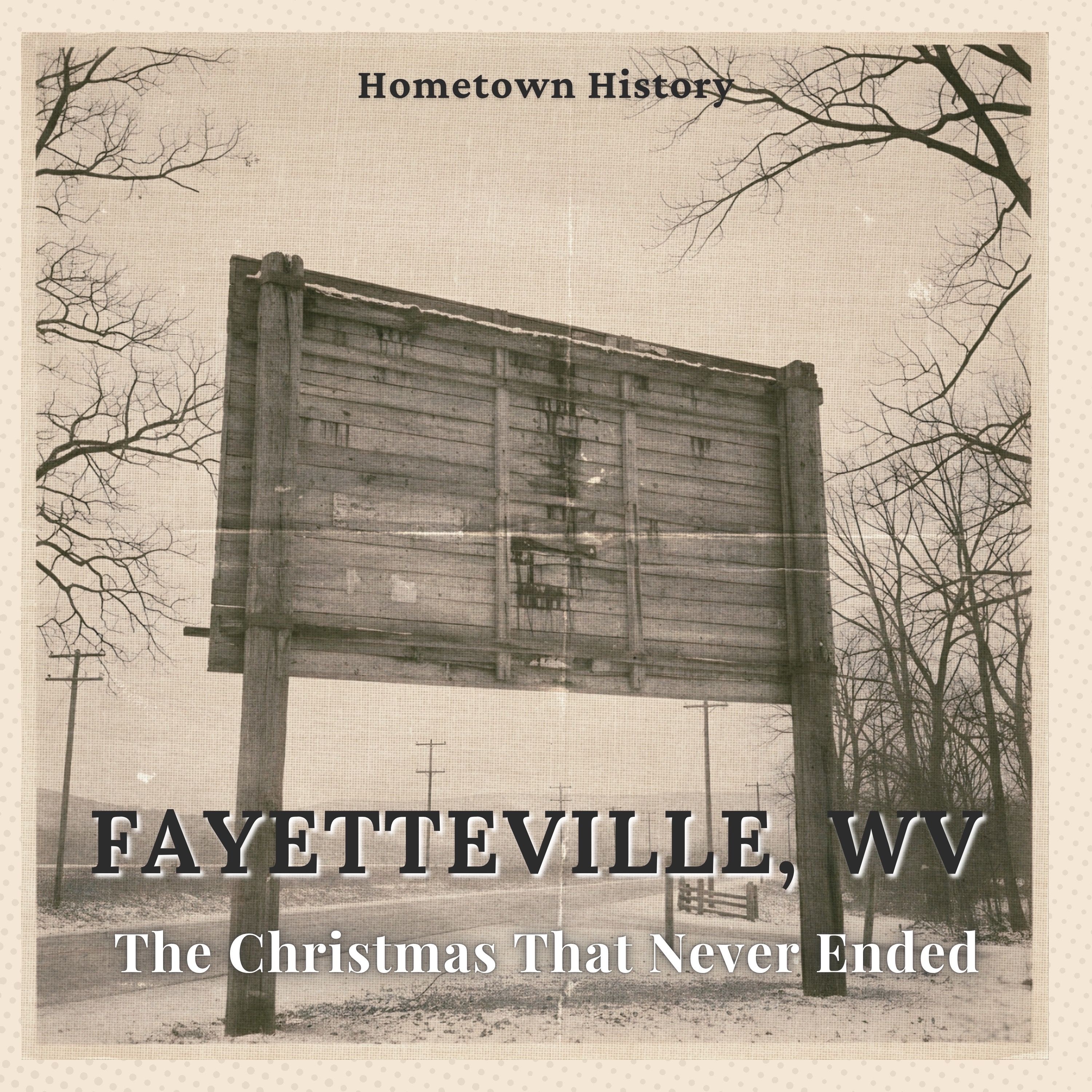
West Virginia: The Vanishing of the Sodder Children
On Christmas Eve 1945, five children vanished from their family home in Fayetteville, West Virginia. When fire consumed the Sodder residence that night, George and Jennie Sodder expected to find their children's remains in the ashes. Instea…

The American West: The Bone Wars of the 1870s
When Othniel Charles Marsh secretly arranged to steal fossils from his friend Edward Drinker Cope's excavation site in 1868, he ignited one of the most infamous rivalries in American science. What followed was nearly three decades of sabota…

Hollywood's Cursed Film: The Rebel Without a Cause Tragedy
In 1955, Rebel Without a Cause became one of Hollywood's most iconic films, capturing teenage rebellion with raw honesty. Within months of the premiere, lead actor James Dean died in a horrific car crash. Over the next 55 years, eight more …

Moscow, Idaho: Psychiana and America's Mail-Order Religion Movement
In 1929, a recovering alcoholic and twice-discharged military veteran named Frank Bruce Robinson made a $2,500 investment that would transform a small Idaho college town into an unlikely center of American religious innovation. From his hom…

New York's Greatest Mystery: Judge Crater's Vanishing
In August 1930, New York Supreme Court Justice Joseph Crater walked into a taxi on a Manhattan street corner and vanished completely. His disappearance was so infamous it created a phrase still used today: "to pull a Crater"—meaning to disa…

How a Telegraph Cable Launched Tiffany & Co. to Fame
In August 1858, when the first transatlantic telegraph cable failed after just three weeks, most people saw disaster. Charles Lewis Tiffany saw opportunity. With no formal business education, the Manhattan fancy goods store owner acquired 2…

Indiana's Ambrose Bierce: The Writer Who Vanished in Mexico, 1913
In December 1913, one of America's most acclaimed writers sent his final letter from Chihuahua, Mexico, stating he was heading "tomorrow for an unknown destination." Ambrose Bierce, the 71-year-old satirist and Civil War veteran known for h…

White Sulphur Springs: Project Greek Island's Secret Congressional Bunker
Hidden beneath one of America's most luxurious resorts lies one of the Cold War's most remarkable secrets. From 1959 to 1992, the elegant Greenbrier Resort in White Sulphur Springs, West Virginia, concealed Project Greek Island—a fully equi…

San Francisco's Great Diamond Hoax of 1872
In 1872, two Kentucky prospectors walked into a San Francisco banker's office carrying a leather bag filled with rough diamonds. They claimed to have discovered a secret gemfield somewhere in the American West—but they refused to reveal its…

Homestead, Florida: The Coral Castle Mystery
In the 1920s, a 5-foot-tall, 100-pound man suffering from tuberculosis began quarrying massive coral blocks—some weighing 30 tons each. Working alone at night, Edward Leedskalnin carved, transported, and assembled over 1,000 tons of coral l…

Paul Revere: Boston's Revolutionary Propagandist
Paul Revere's midnight ride is legendary, but his real weapon wasn't a horse—it was his silversmith's tools. Through powerful engravings and propaganda, Revere turned British atrocities into rallying cries that united the colonies.Born in 1…

Cleveland's Mad Butcher: The Unsolved Torso Murders
Between 1934 and 1938, a methodical killer terrorized Cleveland's Kingsbury Run, leaving behind 13 dismembered, decapitated bodies—many drained of blood and treated with chemical preservatives. The victims were mostly transients from the ar…

America's Secret Societies: The Benevolent Brotherhood
In 1864, Washington D.C. witnessed the birth of America's first congressionally-chartered fraternal organization—the Knights of Pythias. Based on an ancient Greek legend of friendship and sacrifice, this secret society dedicated itself to c…

America's Japanese Internment After Pearl Harbor
In February 1942, President Franklin Roosevelt signed Executive Order 9066, giving the military unprecedented power to forcibly remove anyone deemed a security threat. Within weeks, over 120,000 Japanese Americans—two-thirds of them U.S. ci…

America's Youngest Serial Killer: Jesse Pomeroy
In 1874, a 14-year-old boy named Jesse Pomeroy was sentenced to death for the brutal torture and murder of at least two children in Massachusetts. His victims were younger than him, his methods were horrifying, and his case would redefine h…

When Paradise Becomes Prison: The Rat Utopia Experiment
In 1968, behavioral researcher John Calhoun created what he called "paradise" for mice—a perfectly controlled environment called Universe 25. Every need was met: unlimited food, water, perfect temperature, no predators. But what started as …

The USS Cyclops: America's Greatest Naval Mystery
In March 1918, the USS Cyclops departed Barbados for Baltimore carrying 309 crew members and 10,000 tons of manganese ore. The massive Navy cargo ship never arrived. No distress signal was ever sent. No wreckage was ever found. No survivors…

The Fox Sisters and the Birth of Spiritualism
In 1847, two young sisters moved into a supposedly haunted farmhouse in Hydesville, New York. What began as Kate and Maggie Fox playing pranks on their superstitious mother—tying apples to strings to create mysterious knocking sounds—accide…

Three Forgotten Wholesome Stories from America
Most of us sing "Happy Birthday" without knowing the two sisters who created it in a Louisville classroom. We've heard of Johnny Appleseed, but the real story reveals a successful businessman, not a barefoot wanderer. And the Statue of Libe…

The Night Doctors: American Medical Terror
In the late 1800s, a terrifying legend spread through African American communities across the South: mysterious figures called the Night Doctors roamed city streets after dark, kidnapping Black citizens for medical experimentation and disse…

The Hollywood Blacklist: When Fear Silenced the Stars
In 1947, paranoia swept through Hollywood like wildfire. The House Un-American Activities Committee (HUAC) launched investigations into suspected Communist sympathizers in the entertainment industry, and careers were destroyed with a single…

Lewis Howard Latimer: The Genius Behind Edison's Bulb
When Thomas Edison finally perfected the light bulb in 1879, there was one massive problem: his carbon filament burned out after just a few hours. The bulbs were expensive, unreliable, and practically useless for everyday homes. Enter Lewis…

Hollywood's Scandal That Created Movie Censorship
In 1921, Hollywood's biggest comedy star walked into a San Francisco hotel room—and walked out a pariah. Fatty Arbuckle, earning the modern equivalent of $60 million from Paramount Pictures, saw his career destroyed in a single afternoon wh…
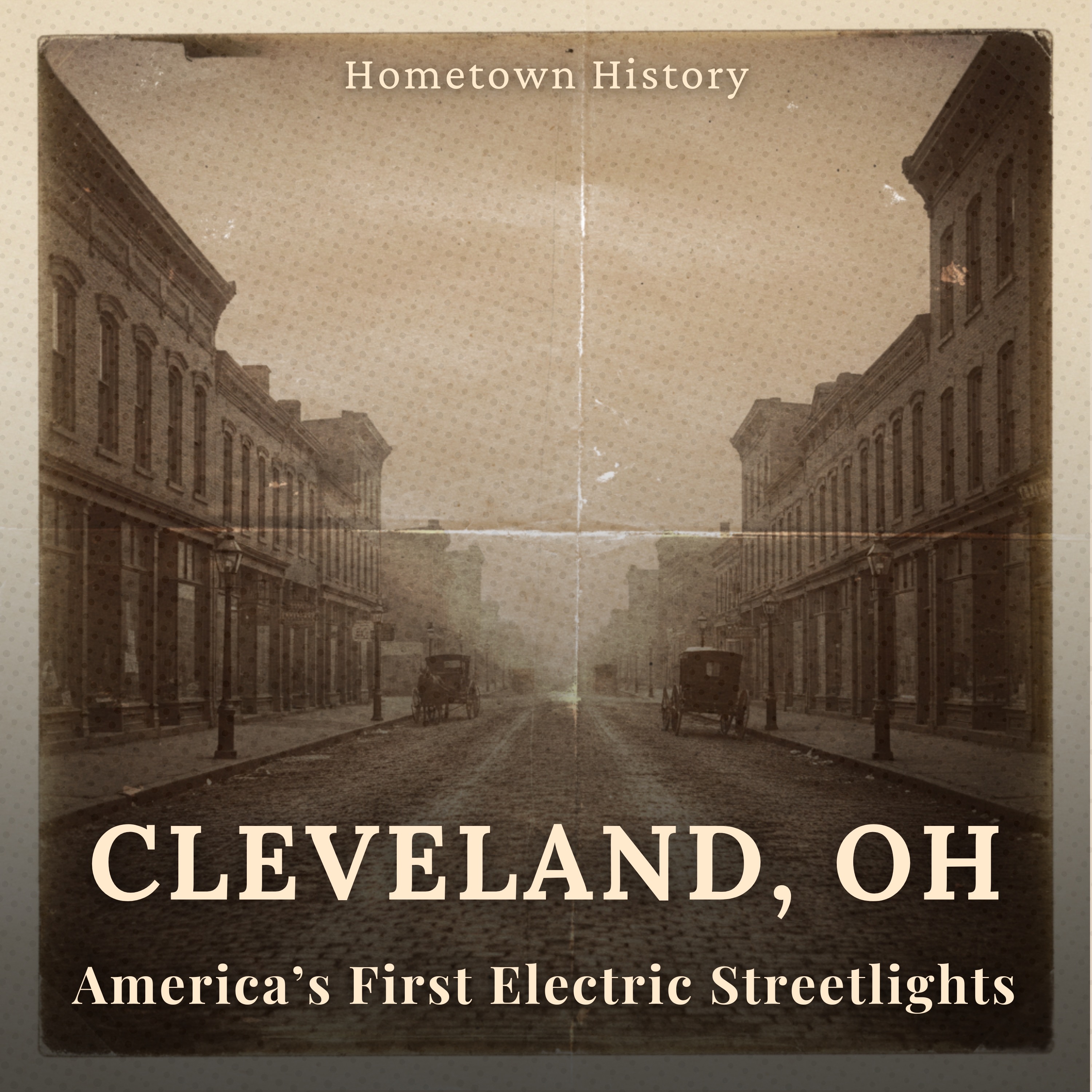
How Charles Brush Illuminated a City and Changed America Forever
On April 29, 1879, Cleveland, Ohio became the first city in America to install public electric streetlights when Charles Brush's revolutionary arc lamps illuminated Monument Square. While Thomas Edison would later claim fame for the light b…
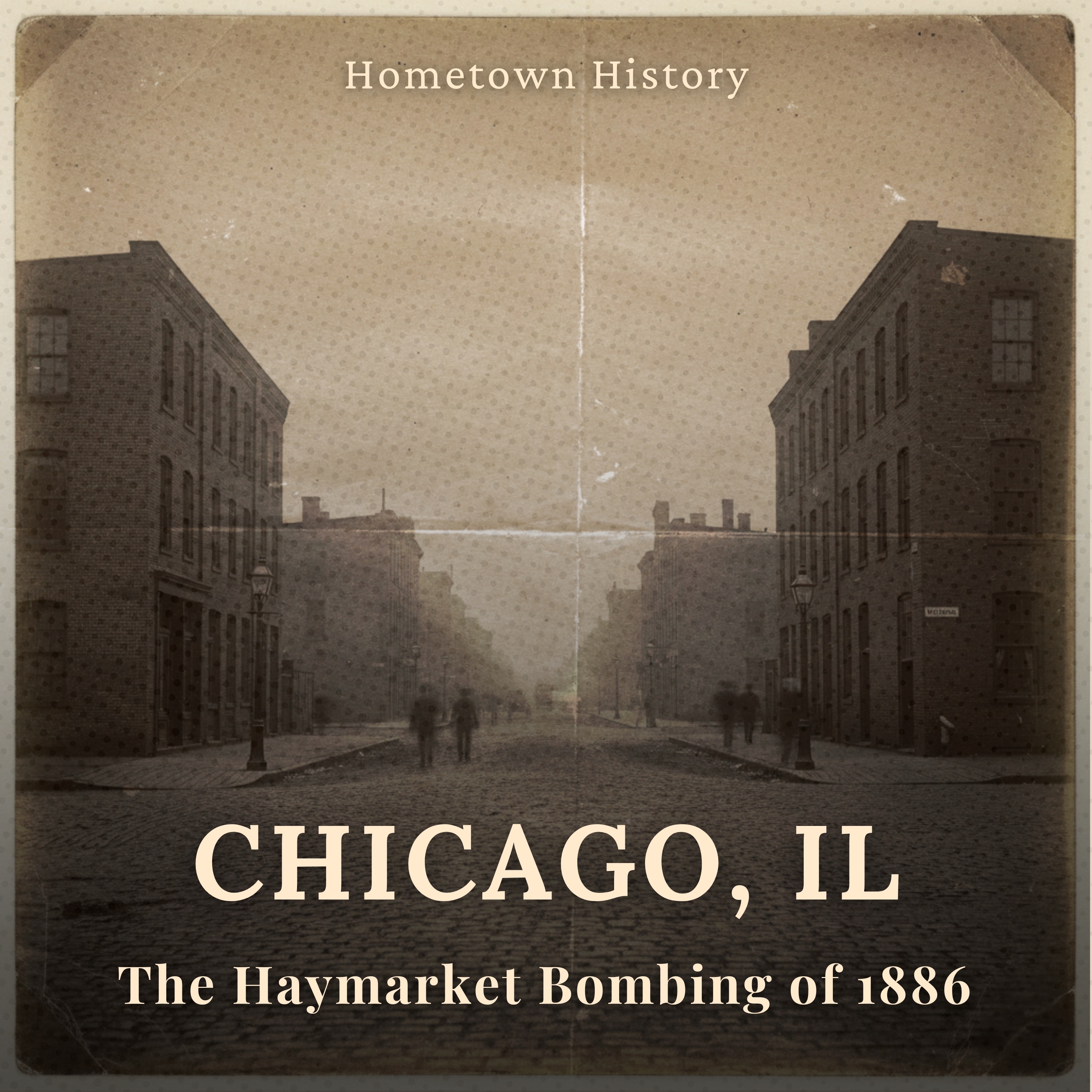
Chicago's Haymarket Affair: The Bloody Birth of May Day
On May 4, 1886, a peaceful labor demonstration in Chicago's Haymarket Square erupted into violence when an unknown person threw a bomb into the police line. Seven officers died, dozens of workers were injured, and eight men were condemned i…
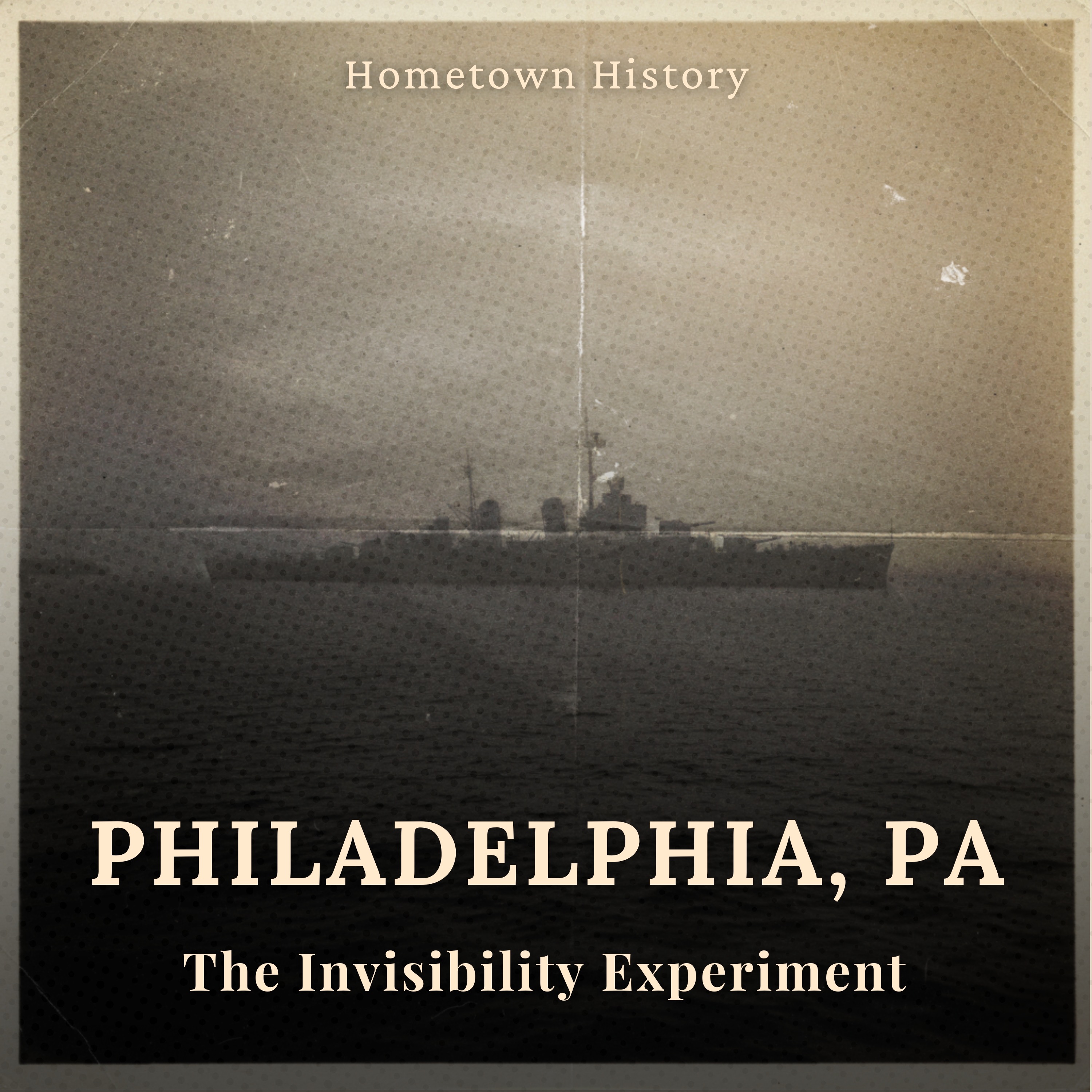
The Philadelphia Experiment: WWII's Invisibility Hoax
On October 28, 1943, conspiracy theorists claim the US Navy made a destroyer vanish into thin air at the Philadelphia Naval Shipyard. According to the legend, the USS Eldridge disappeared in a green fog, teleported to Norfolk Virginia 200 m…
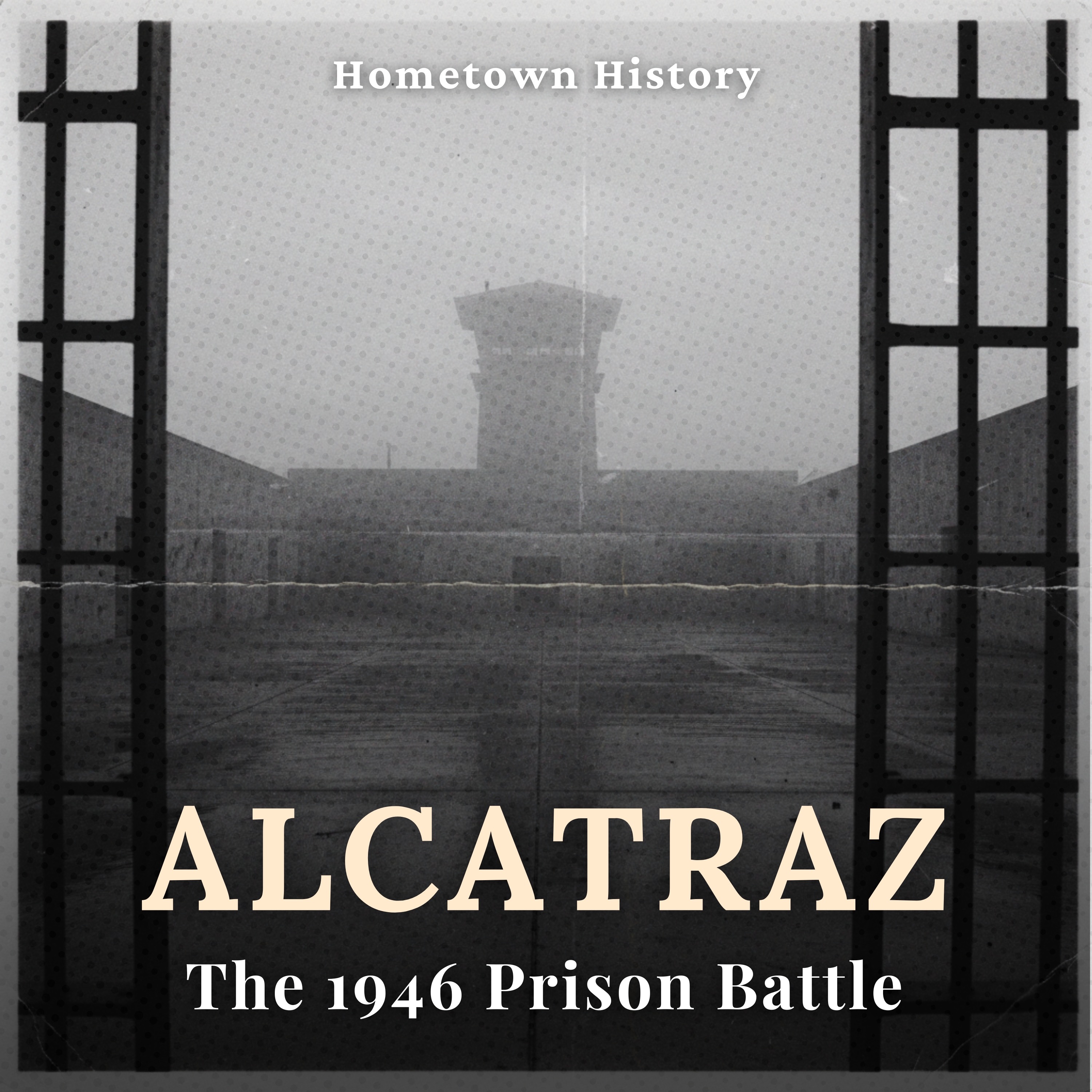
The Battle of Alcatraz: Two Days of Violence
In May 1946, six desperate inmates at America's most secure prison executed what should have been impossible: they overpowered nine guards, seized weapons from the gun gallery, and held Alcatraz at gunpoint for two days. The federal governm…
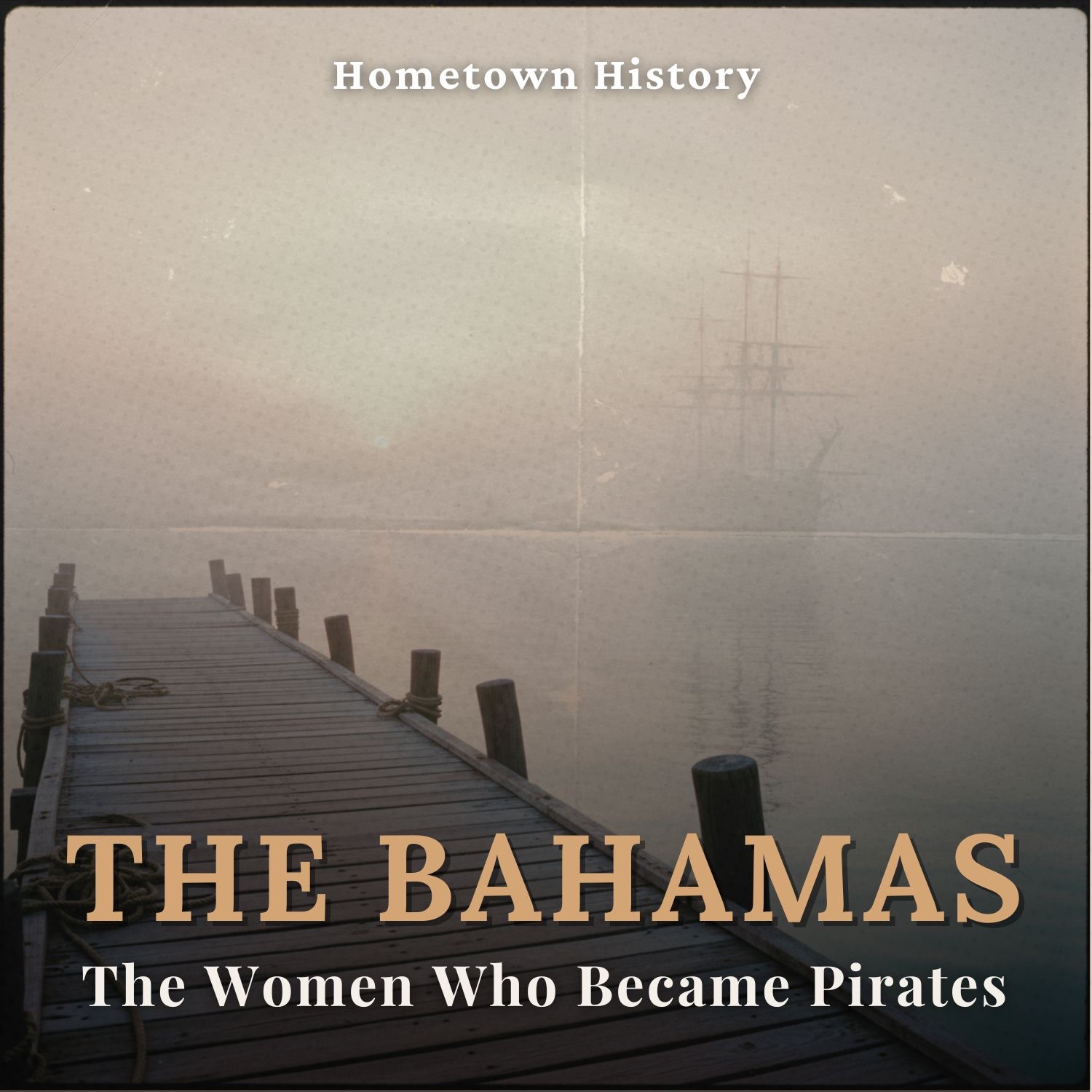
Anne Bonny and Mary Read: Caribbean's Female Pirates
In the early 1700s, two women did the impossible: they disguised themselves as men and became pirates in the Caribbean's most dangerous waters. Anne Bonny and Mary Read sailed alongside Calico Jack Rackham during the Golden Age of Piracy, f…
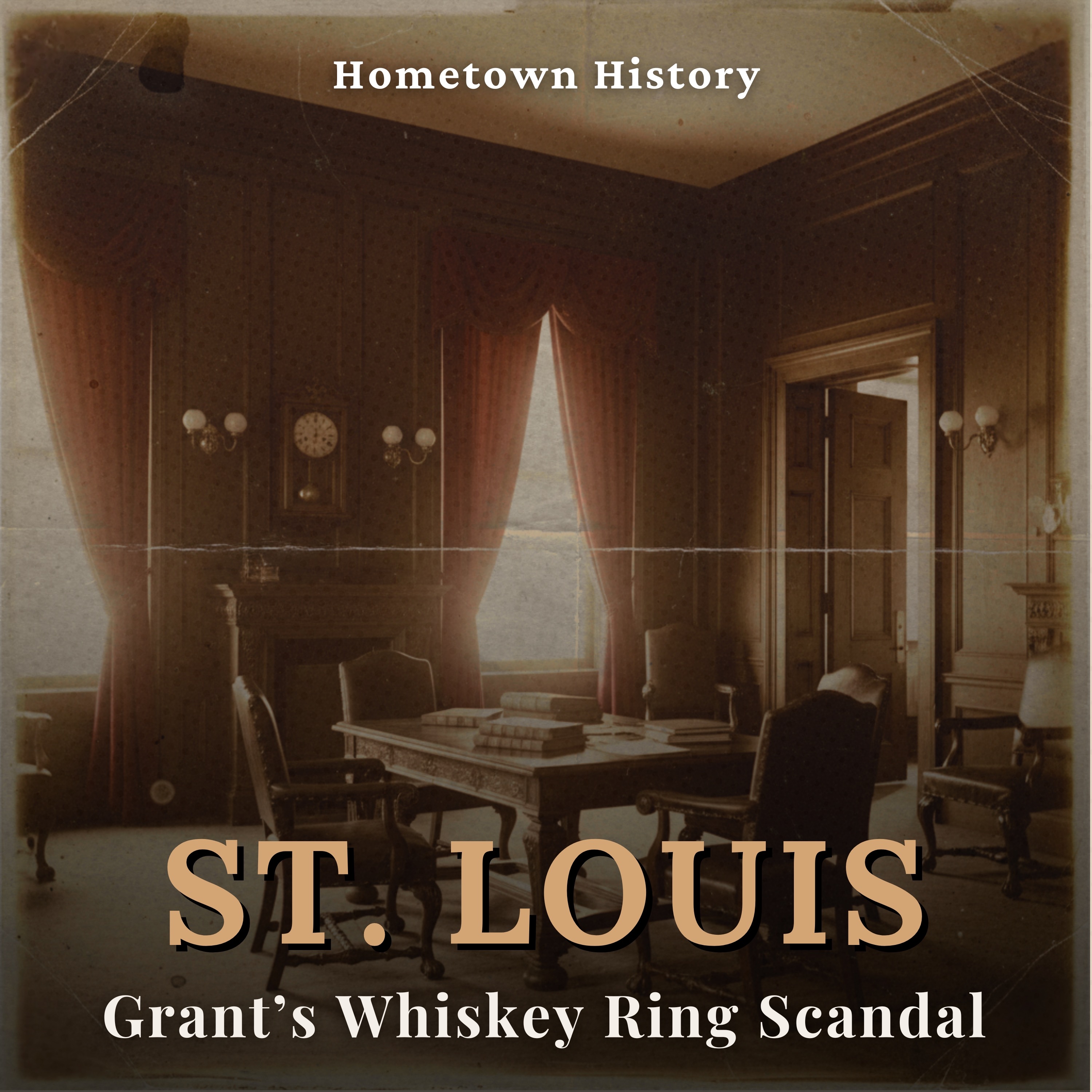
Grant's Whiskey Ring: The $3 Million Tax Fraud
In 1875, President Ulysses S. Grant's administration faced its most devastating scandal. A secret conspiracy between Treasury officials and whiskey distillers had been diverting millions of dollars in federal taxes—$3 million stolen through…
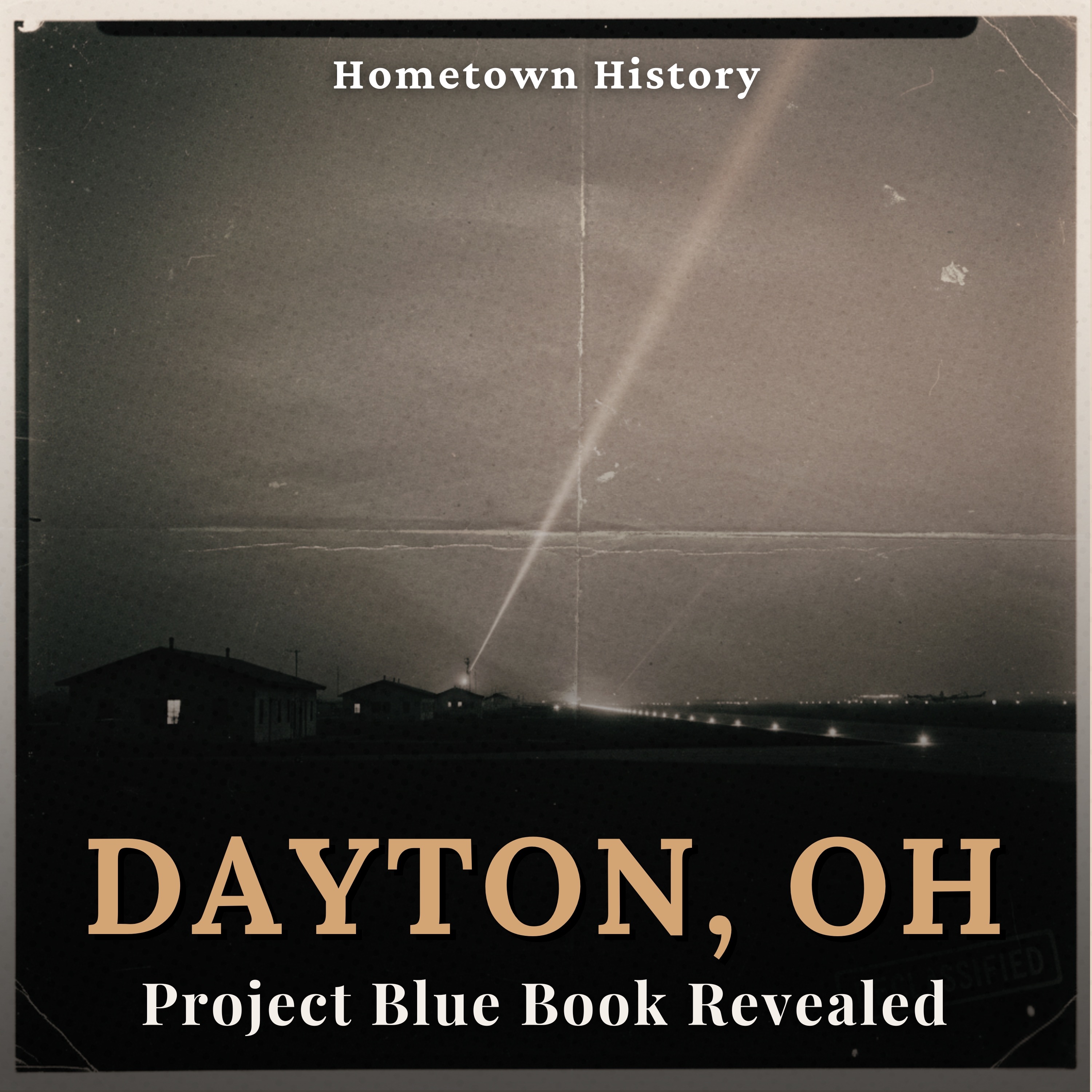
Dayton's Project Blue Book: The UFO Investigation
From 1952 to 1969, the United States Air Force conducted a classified investigation into unidentified flying objects from a secret facility at Wright-Patterson Air Force Base in Dayton, Ohio. Project Blue Book analyzed over 12,000 reported …